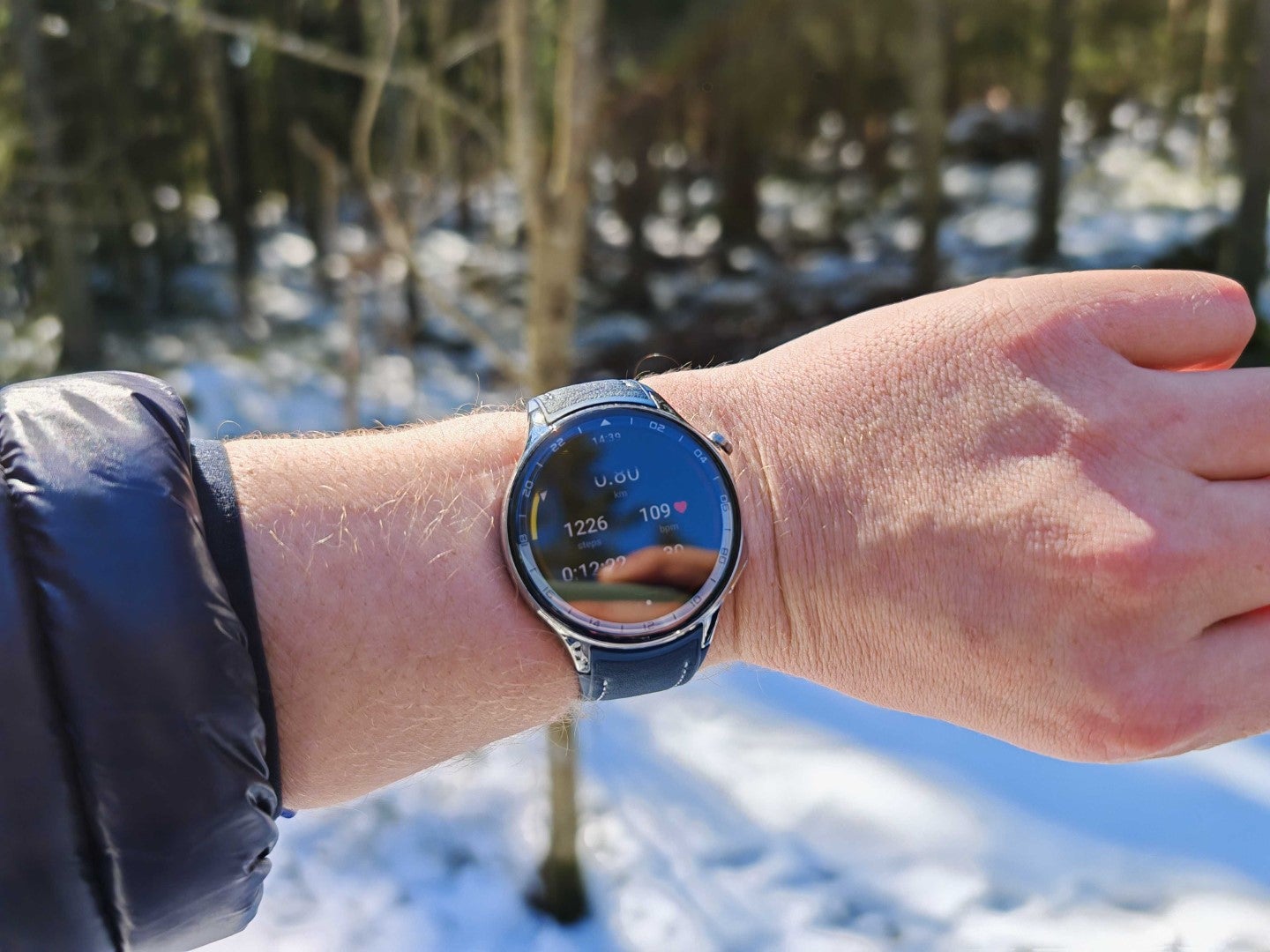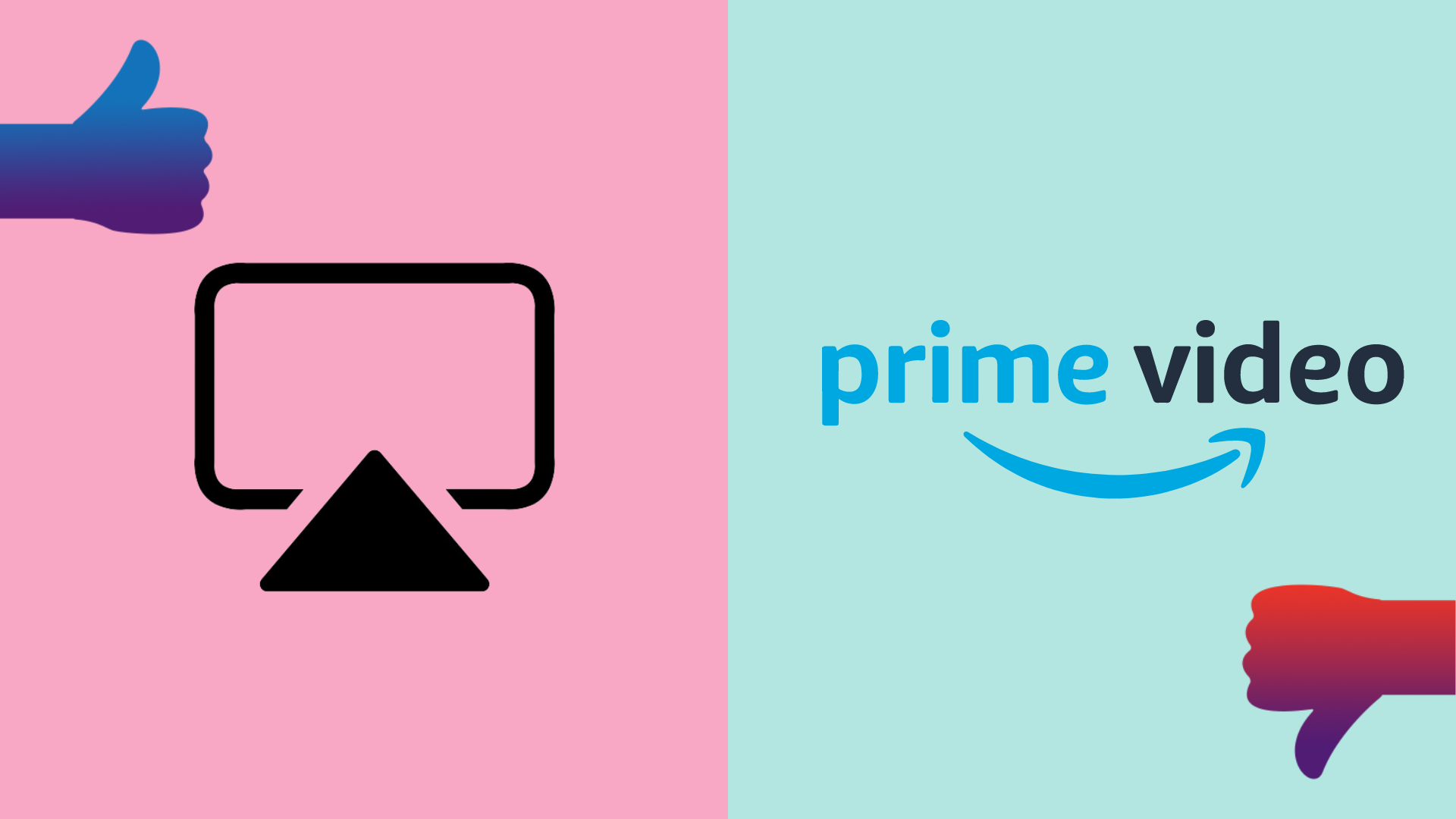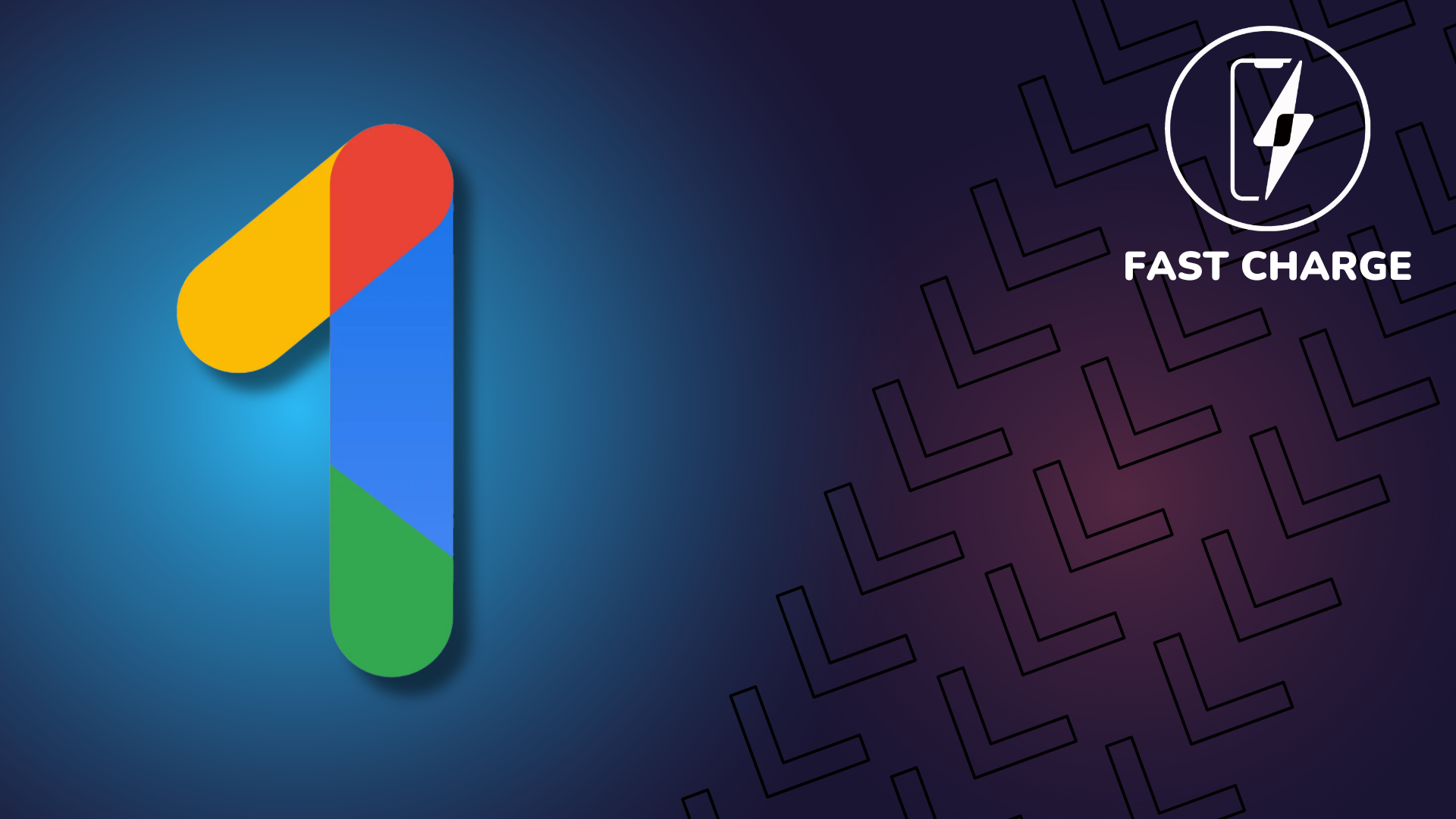Fast Charge: The Pixel Fold could fix my biggest issue with the Galaxy Fold
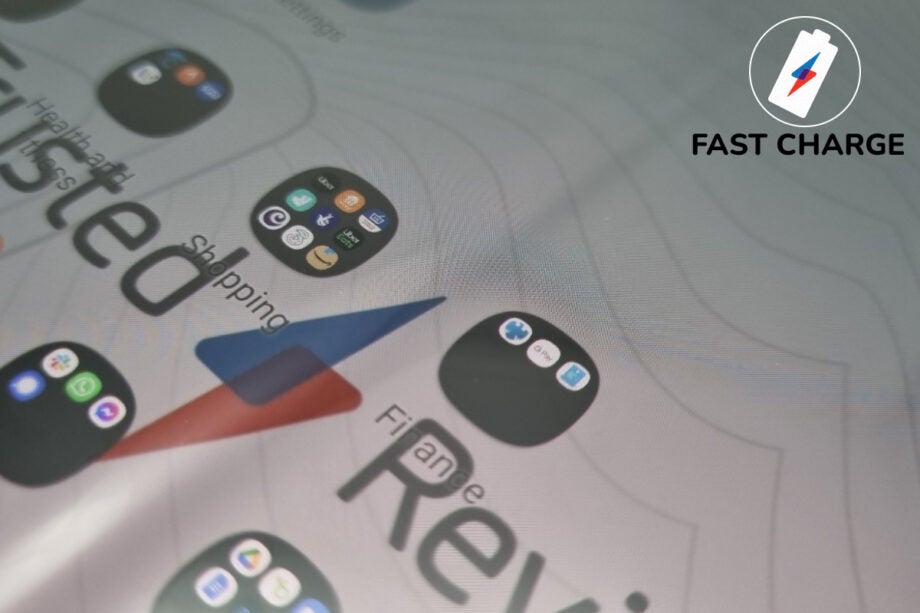
OPINION: This week fresh details emerged about Google’s fabled Pixel Fold smartphone and for once they painted a pretty picture of the future of convertible smartphones.
Specifically, display analyst Ross Young took to Twitter to suggest the hotly anticipated Pixel Fold will have a smaller 5.8-inch front display and wider aspect ratio folded out internal screen.
Even as a tech fan I will admit, aspect ratios generally aren’t the most exciting spec on any phone. But on a foldable, this is a huge deal.
To catch people up, an aspect ratio is a measurement of how long and wide a screen is. Though they vary among devices, the most common aspect ratio on tablets and phones tends to be 16:9, though you will see other handsets rocking 18:9, 19:9 and 19.5:9 and 20:9 measurements.
As I noted reviewing the Galaxy Z Fold 3, one of the biggest issues with the device was that its primary front and secondary internal screens both had weird, atypical aspect ratios – the front screen carries a very tall and thin 25:9 aspect ratio, while the inner tablet display has a distinctly square 22.5:18 one.
This was a massive pain as it meant most apps didn’t display correctly on either screen, either looking stretched or having massive black bars around them.
This made taking full advantage of the tablet screen particularly difficult as streaming services like Netflix and games on GeForce Now didn’t take full advantage of the extra second screen’s real estate. All you got was a slightly larger video or game screen than most bigger phones. You can see an example why in the below image, which I shot while testing the phone.
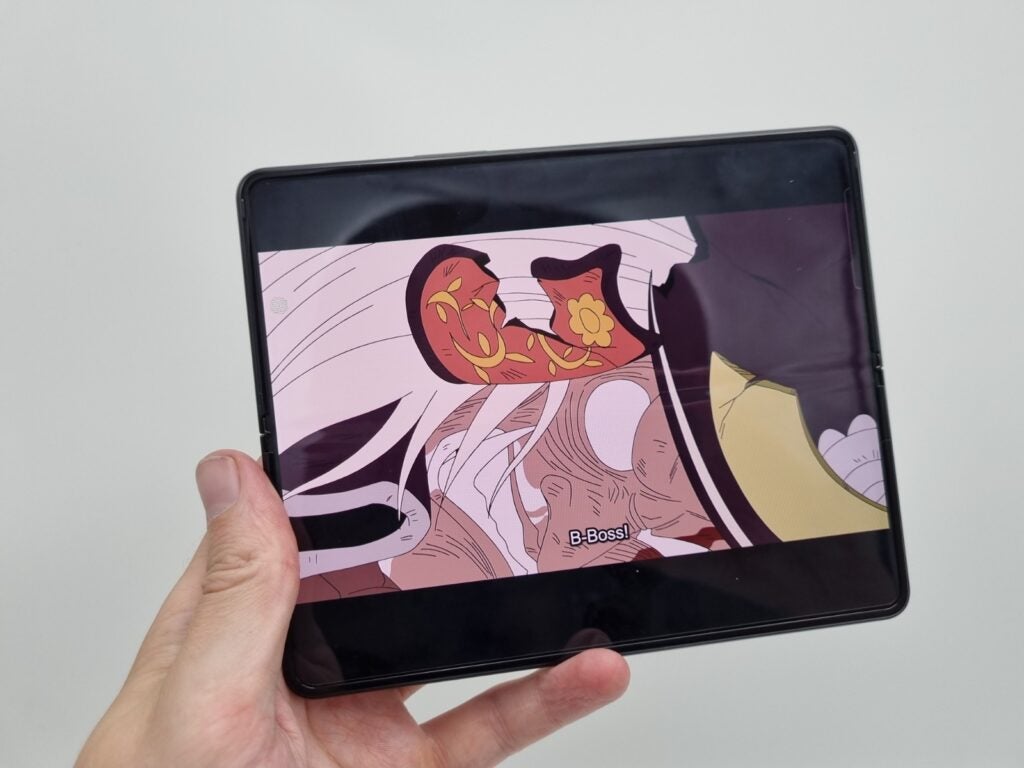
So a report suggesting the Pixel Fold will fix this and could feature a secondary internal screen with a more common 16:9 aspect ratio is very welcome news and means the long standing dream of having a phone that can double as a proper tablet could be one step closer to becoming reality.
Of course this is far from official and there would be many more hurdles the device would need to overcome to fully deliver on this promise. Hardware aside the biggest would be the device’s software. As noted reviewing the Xiaomi Pad 5 and Galaxy Tab S8 Ultra, Android in its current state isn’t terribly well optimized for bigger screens.
This is because Google stopped officially improving software for Android tablets a few years ago, causing most app developers to follow suit and design wares for phone sized screens only. This is why most editing apps are optimized for basic touch inputs, rather than precision stylus or keyboard shortcut controls as they are on Apple’s iPad OS.
Even basic apps’ UI’s look a little weird on Android tablets, with things like Facebook, Instagram and even Chrome looking like blown up mobile apps that haven’t been properly optimized for a big screen.
Google promised to fix these with the release of Android 12L, a customized version of Android designed for tablets. Though this OS is currently only in a Beta state, so until we get a chance to try the final version we can’t sensibly comment on how successful it will be.
Even so, despite the other obstacles the Pixel Fold would have to overcome to earn the crown as the first proper phone/tablet convertible, I can’t help getting a little excited about it, based on this week’s leak.


